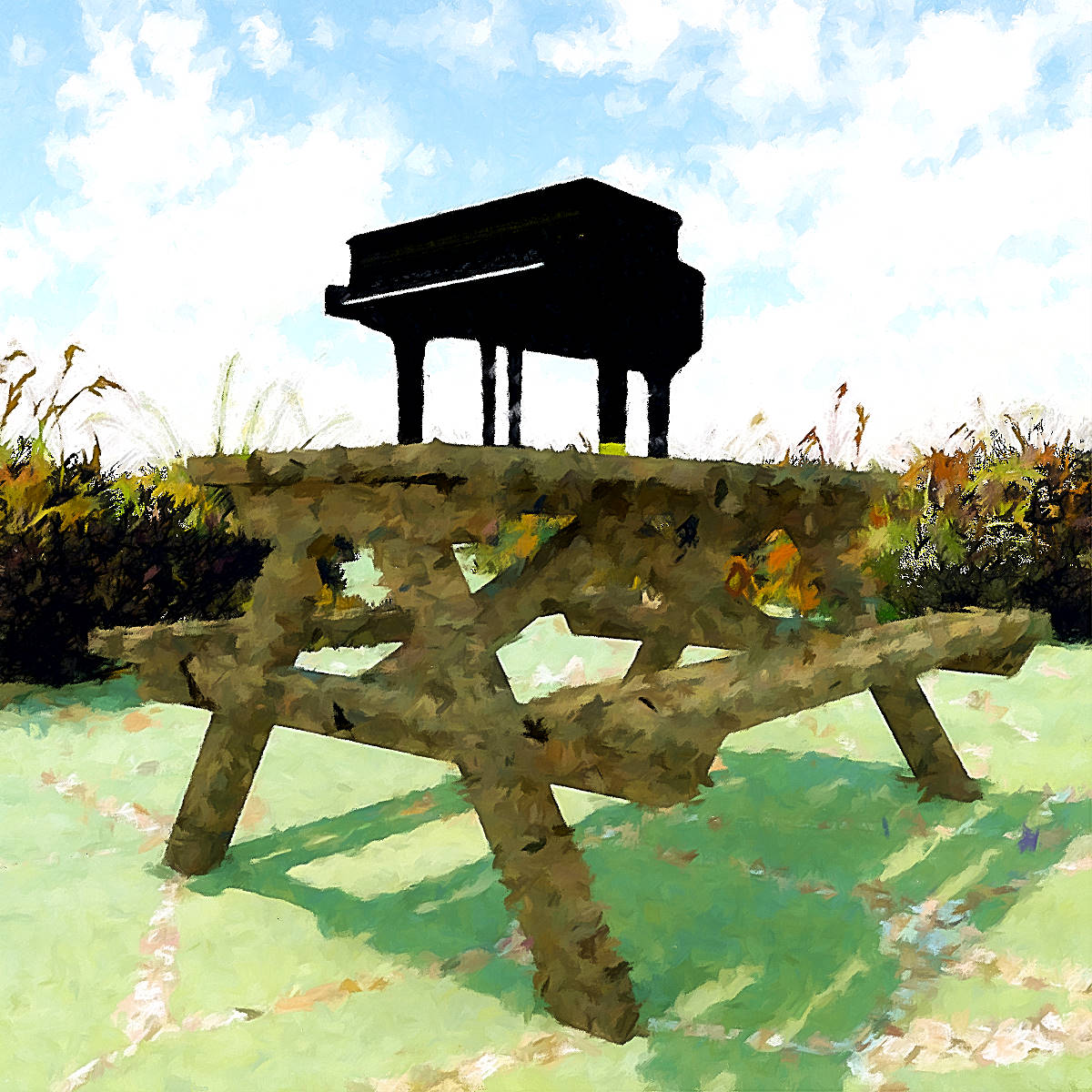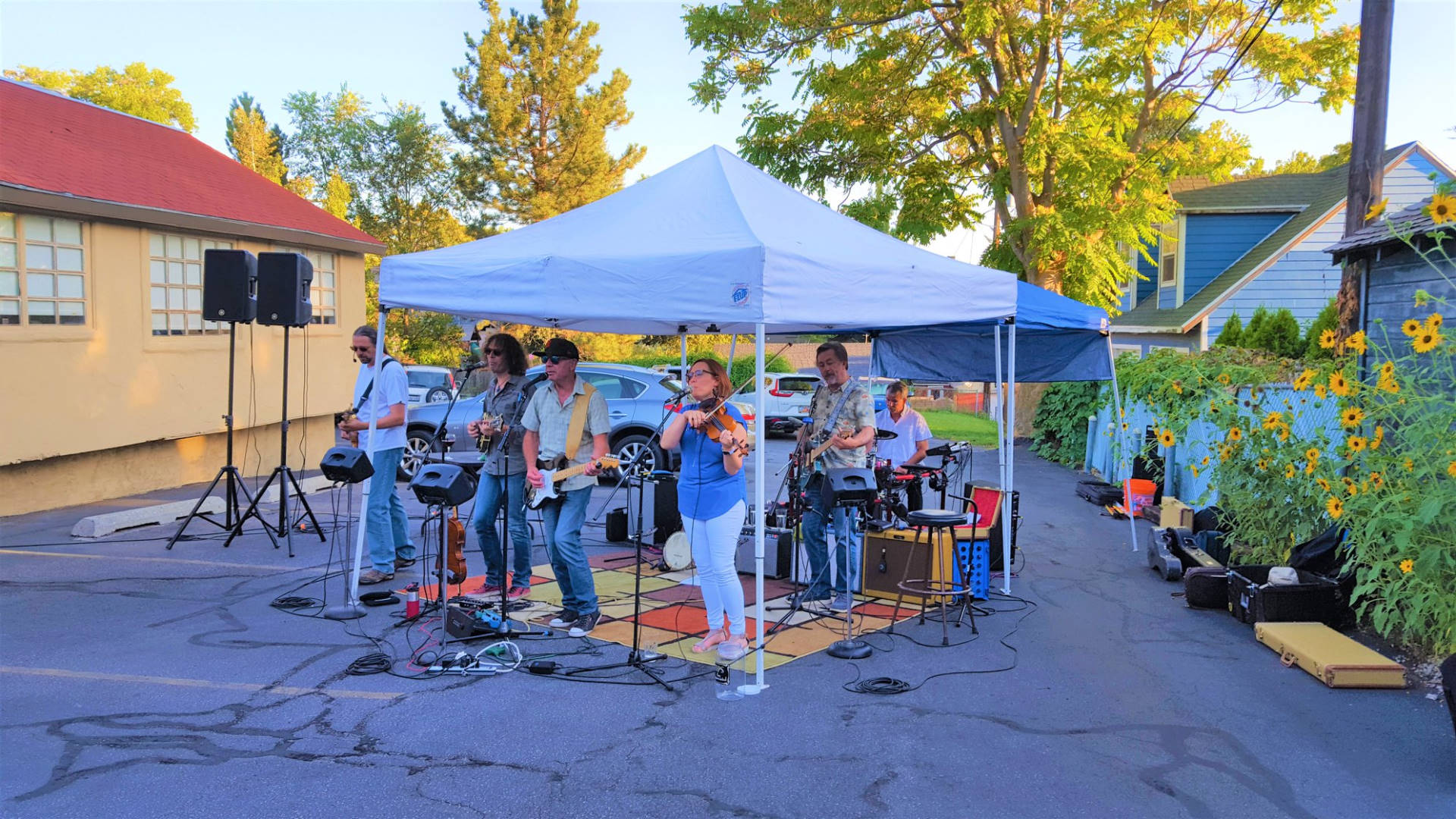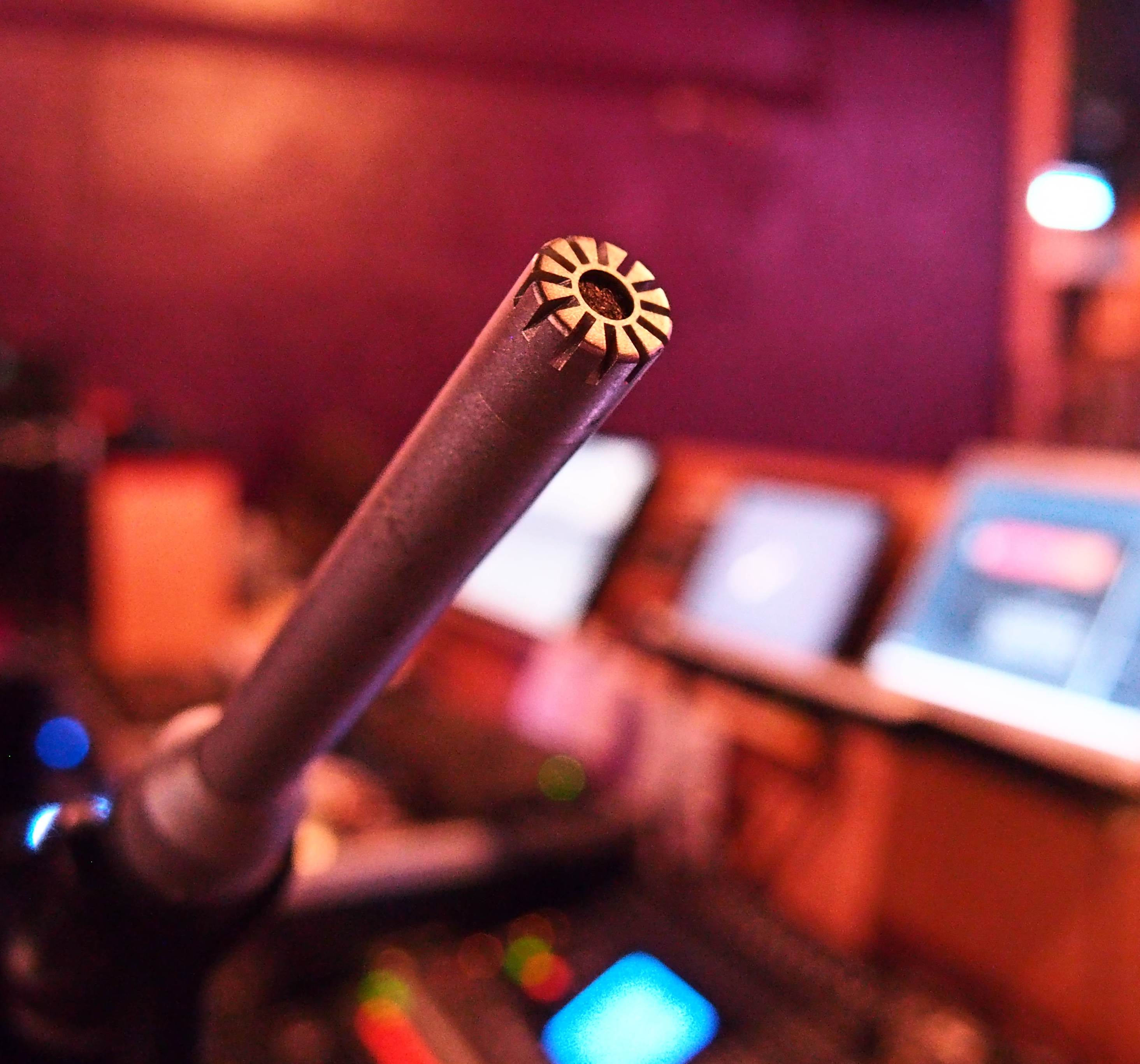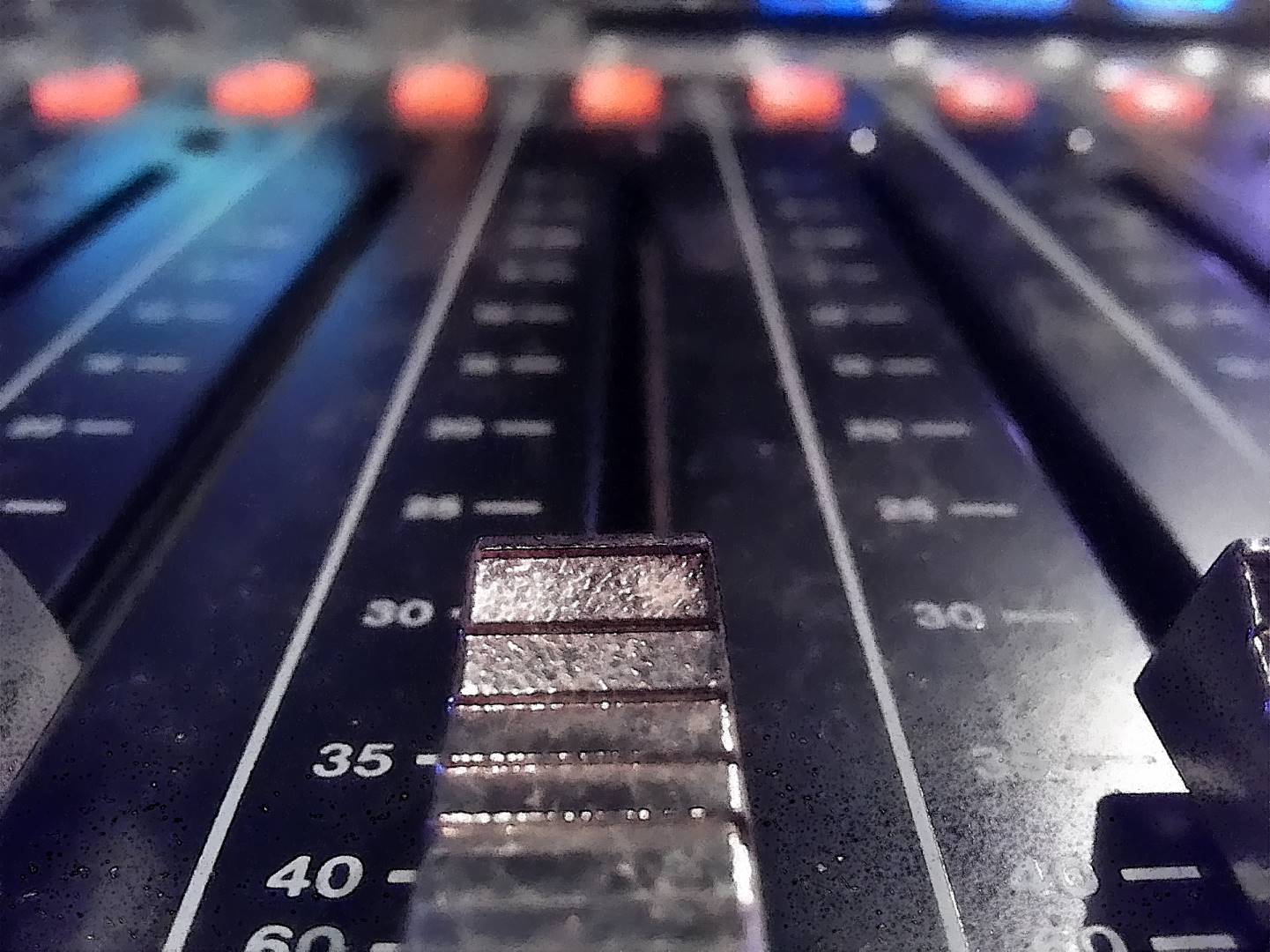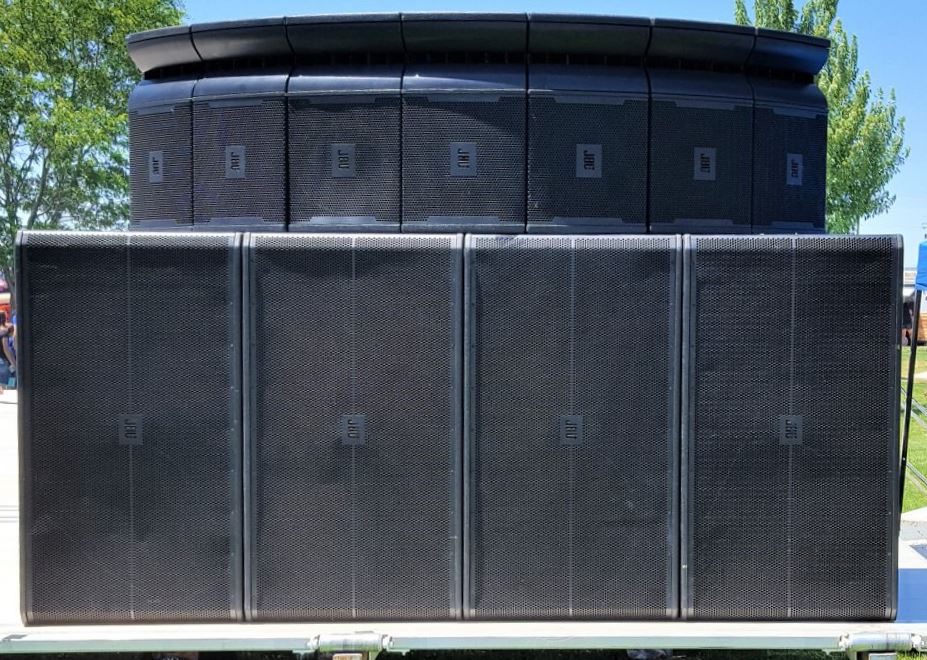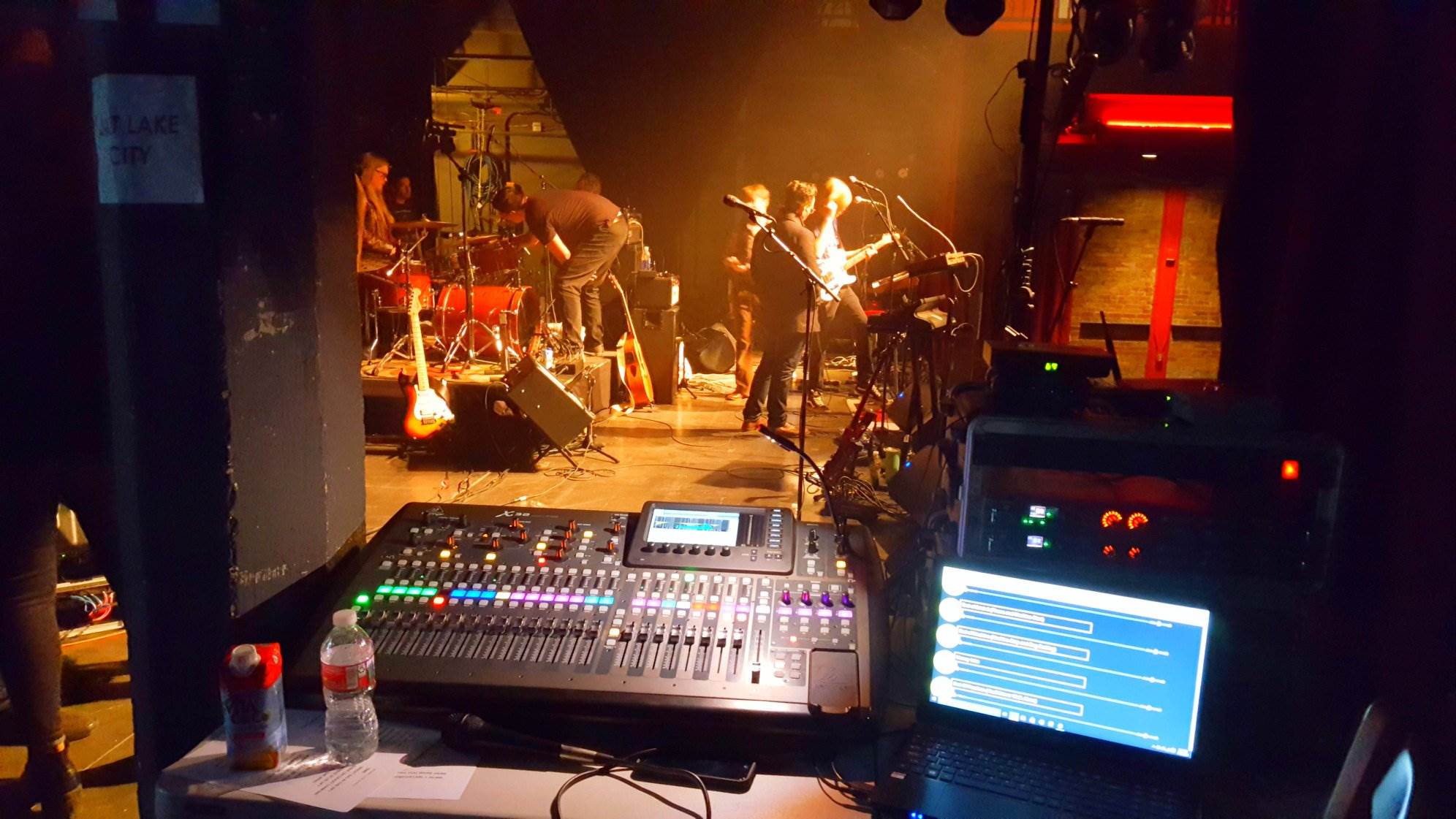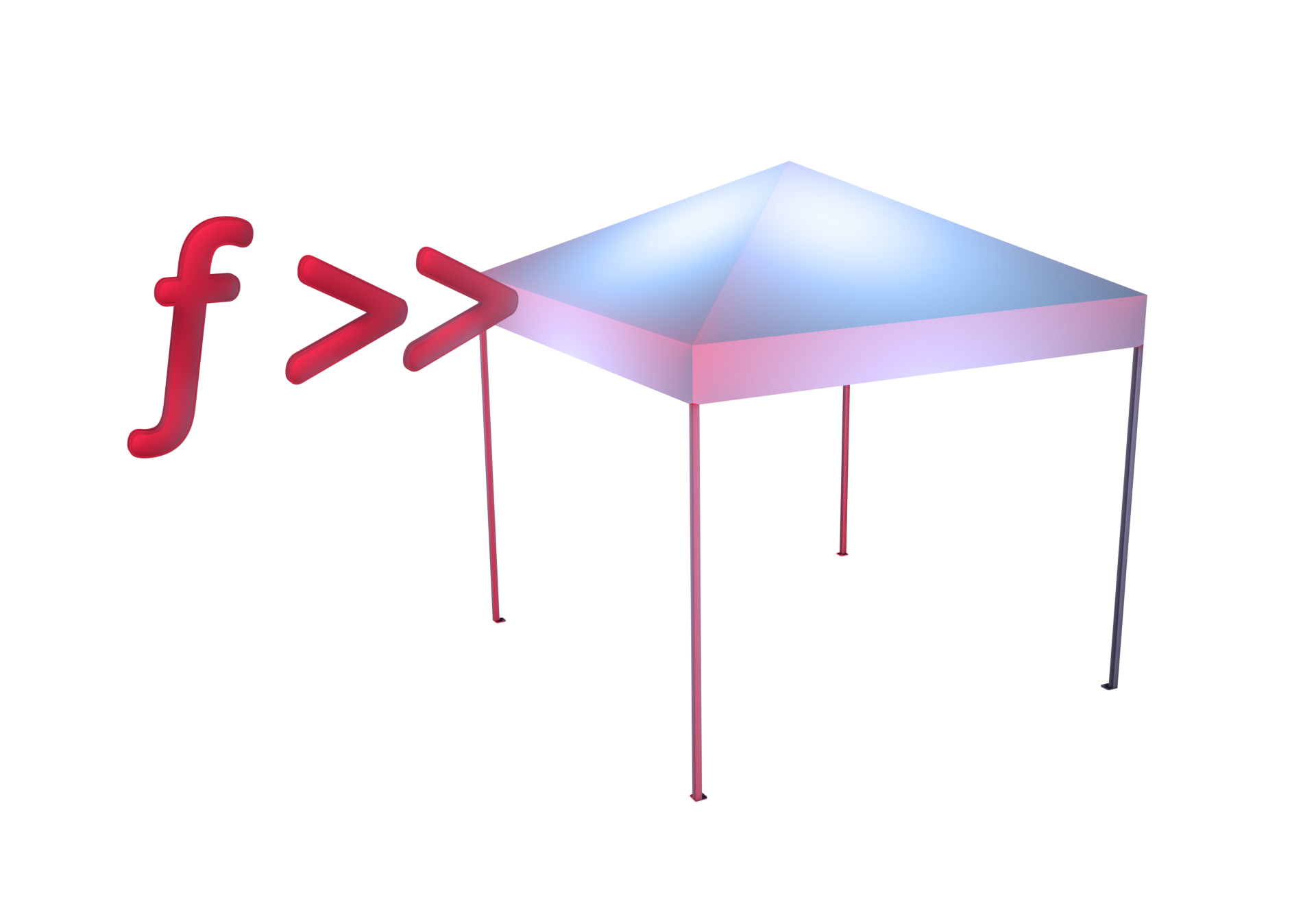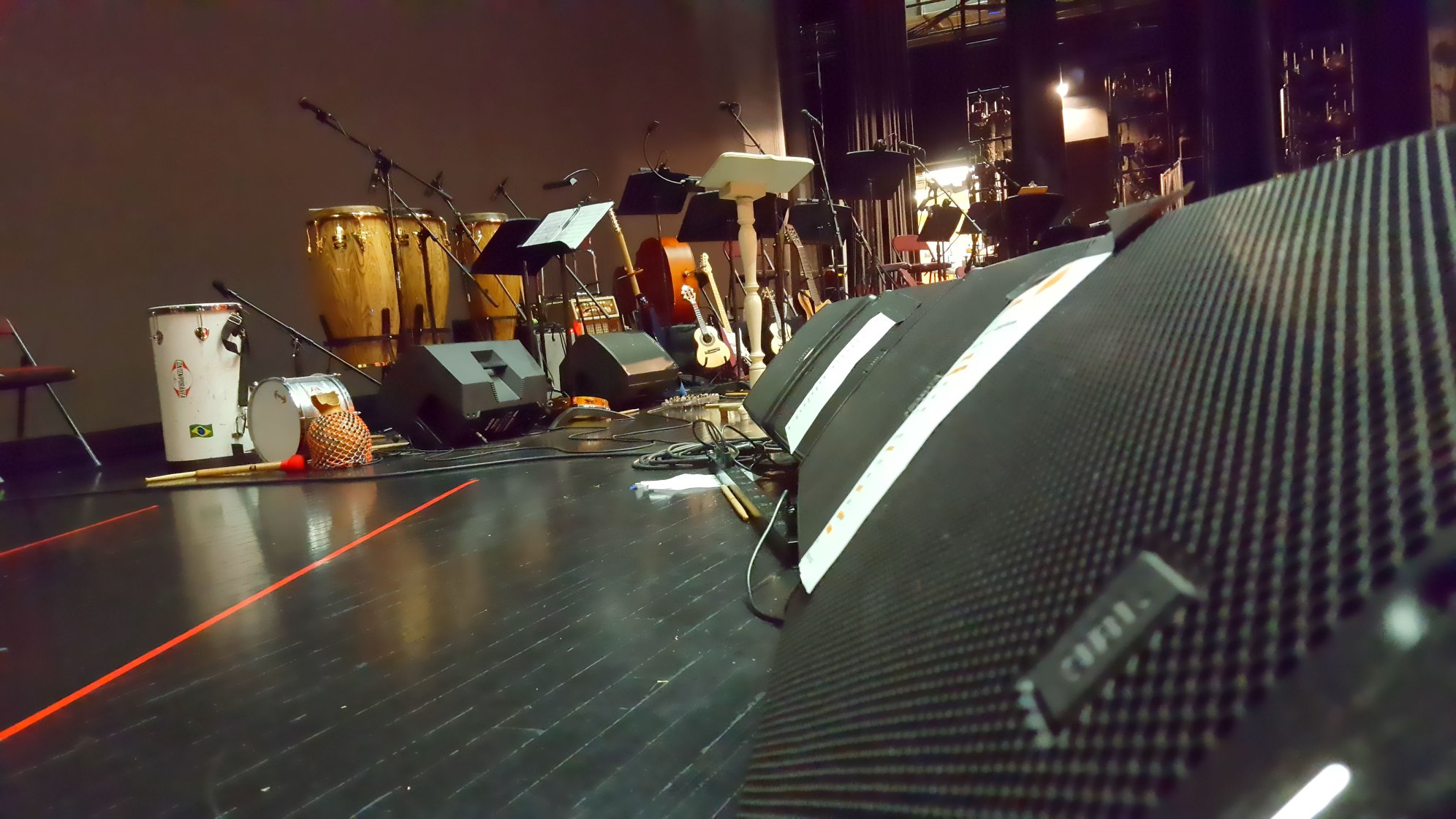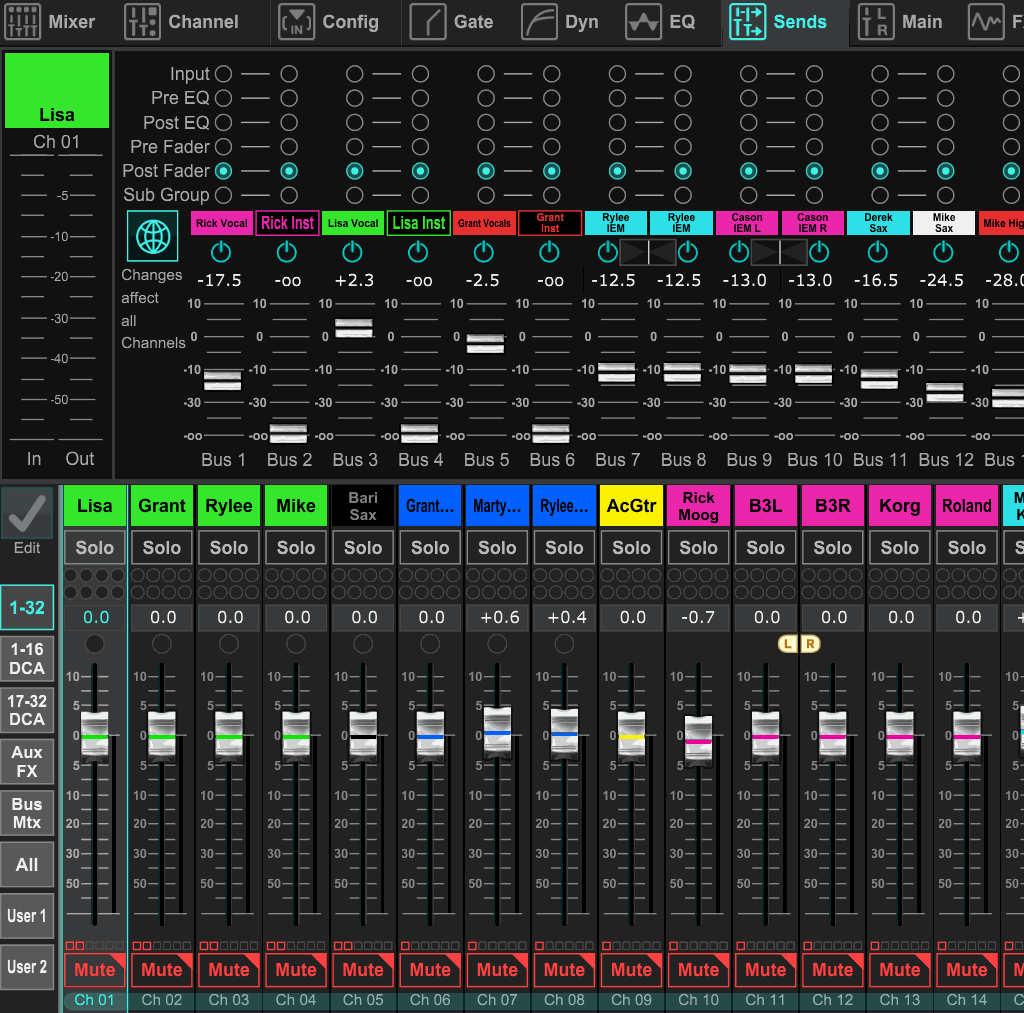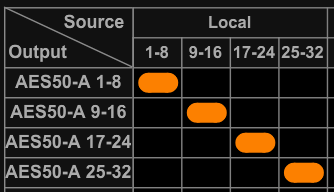Sometimes no stageplot is better than the wrong one.
Please Remember:
The opinions expressed are mine only. These opinions do not necessarily reflect anybody else’s opinions. I do not own, operate, manage, or represent any band, venue, or company that I talk about, unless explicitly noted.

 Want to use this image for something else? Great! Click it for the link to a high-res or resolution-independent version.
Want to use this image for something else? Great! Click it for the link to a high-res or resolution-independent version.Folks, may I please be brutally frank with you? I really want to have input lists and stage plots. They are monumentally valuable for readiness – they tell me what to expect and where to expect it, which gives all of us a huge head start on patching and setup.
Please send me the correct plot or list, though.
If the correct plot is, “We’ll have three vocalists, two guitars, a xylophone, and a drummer, and we always pick new places to stand for each show,” that’s completely fine. It tells me to patch my stage and layout my console with the expectation that your on-stage positions will be unknown until the last minute.
The flipside of that is when I get a plot that meticulously details exactly where everybody is going to stand, where all the instruments are going to be, and even gives me clues on how to construct monitor mixes…and is wrong. Or someone’s mind changes at the last second. For me, that’s almost worse than simply getting a few basics and having to “wing it” on everything else.
This has happened to me in festival situations – with headliners! I recall one instance where everything was mapped out in great detail, as I mentioned before, and when the band took the stage it all went out the window. One person was deleted, another person was added, and they picked almost completely different stage locations for everyone. I had taken the time to label, patch, and even premix as per their instructions, and now all of that was undermined in the space of 30 seconds.
“But, Danny,” you say, “isn’t part of your job to deal with the unexpected?”
Yes.
“And aren’t digital consoles capable of soft-patching everything so that you can get around that kind of thing.”
Also yes.
My retort, though, is that the entire point of a good input list and plot is to not be doing things on a “panic” basis at all. Even with having soft-patching at my disposal, the induced chaos consumed our changeover time such that it was more practical to simply pull up the festival reset scene and rebuild in the moment. We did pull it off, and everyone was happy, yet I still couldn’t understand the whys and wherefores – what was the point of having all that detail if 90% of it was going to be useless in the moment?
Please, then, I ask you: Send me the correct list and plot. If a real part of your plot is that you don’t know what’s going to happen, or you’re probably going to change your mind on some things, please include that. The show advance tells me what to expect, and it’s unhelpful if the wrong expectation lands in my mind. If your info tells me to gear up for a very ordered and pre-planned gig, then that’s what I’m going to build. If the reality is the opposite, then the plot didn’t help. The point is never simply to have the paperwork; The RIGHT paperwork is what’s necessary, even if that’s less extensive information.
